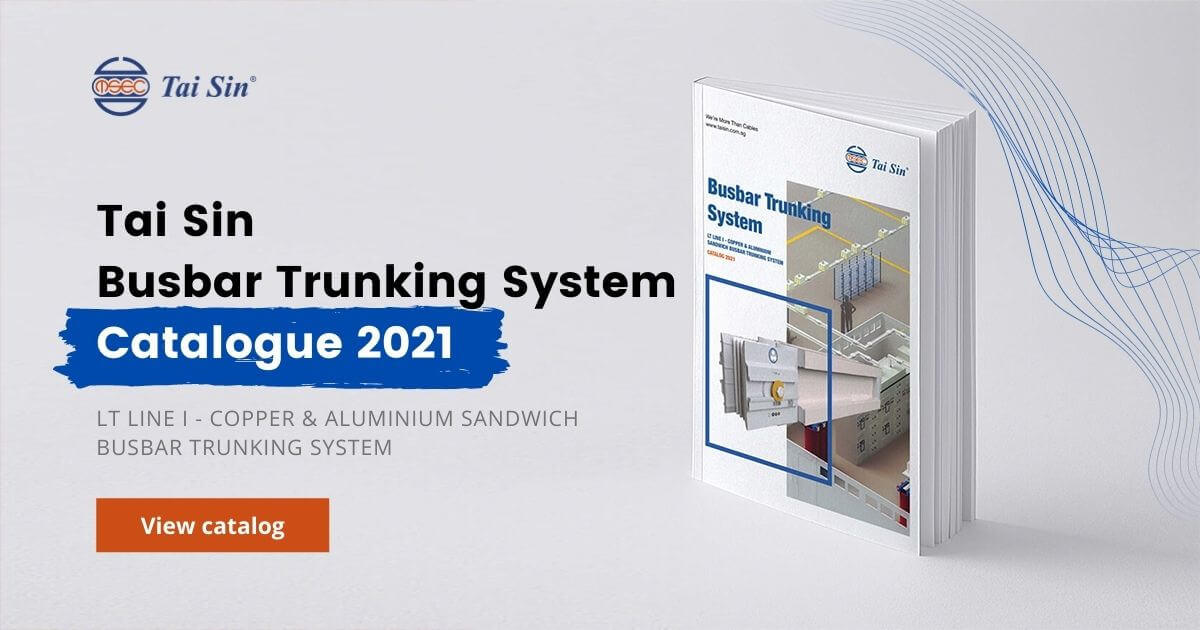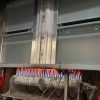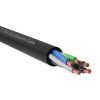Contents
What is Bus duct / Busway / Busbar Trunking System?
Bus ducts (also known as busways, busbar trunking systems) are compact power distribution systems that rely on copper or aluminium busbars to channel electricity, while being enclosed in an aluminium housing for protection.
History
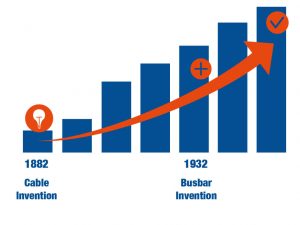
History of bus duct invention
Bus Ducts were in use as early as the 1930s in the US-American automotive industry. As high amounts of electricity were required from electrical machines for industrial productions, Bus ducts were used as they were more efficient and up to the task. The earliest known manufacturer is the company Bulldog, which introduced their bus duct to the market in 1932.
What a Bus duct is made of
- Busbars: Alternatively spelt as bus bar or buss bar, busbars are metallic strips of copper or aluminium that both ground and conduct electricity. They also come in various shapes and sizes depending on the amount of current required, and are silver or tin plated for all contact surface.
- Insulation: Polyester film insulation is used as the sleeving material, as it has exceptional electrical performance and superior mechanical strength. Environmental friendly materials are also used with certification by a reputed international laboratory, and the busway system is halogen-free with no toxicity emission in case of fire.
- Housing: The housing of the busbar trunking system is designed to protect the busbars from damage, and is made from aluminium. Designed with a serrated surface to increase surface area, this improves heat dissipation for the system; it is also enclosed with no ventilation to prevent dust accumulation. It is also tested to ensure that it is anticorrosive.
- Joint: The joint insulator connects two busbar trunking systems together, mechanically and electrically. It is constructed with a convex-concave groove edge to increase creepage distance, has colour coded temperature indicators to show when the joint has a high temperature, and utilises a high strength steel bolt(s) and Belleville washers to maintain proper pressure over a large contact surface area.
Where are they used
Bus ducts are commonly used to safely implement three-phase power distribution, typically in large environments such as:
- Office buildings
- Hotel buildings
- Shopping centres
- Exhibition centres
- Industry buildings
- Data Centers
- Banks
- Energy plants
- Airports
- Hospitals
- Train systems
Check out the latest Tai Sin Bus duct Features
Cost
The cost of installing a bus duct is low and incurs savings in the long run, due to three important factors; quick installation, easy maintenance, and a longer lifespan. As bus ducts aren’t as difficult to install compared to cables, this results in lesser labour requirements. Additionally, maintenance costs are lower as they don’t require as much maintenance; once per year is sufficient. Thirdly, the typical lifespan of a bus duct is 20 years.
In addition, if a new connection to power is needed then an additional plug in unit can be inserted anywhere along the existing open-access slot; plug in units can also be customised as desired, or even relocated, without disturbing existing systems.
Bus duct Application
Busbar trunking systems are highly versatile, and are able to be used in a variety of applications as shown below:
Explore all Busbar Trunking System Applications
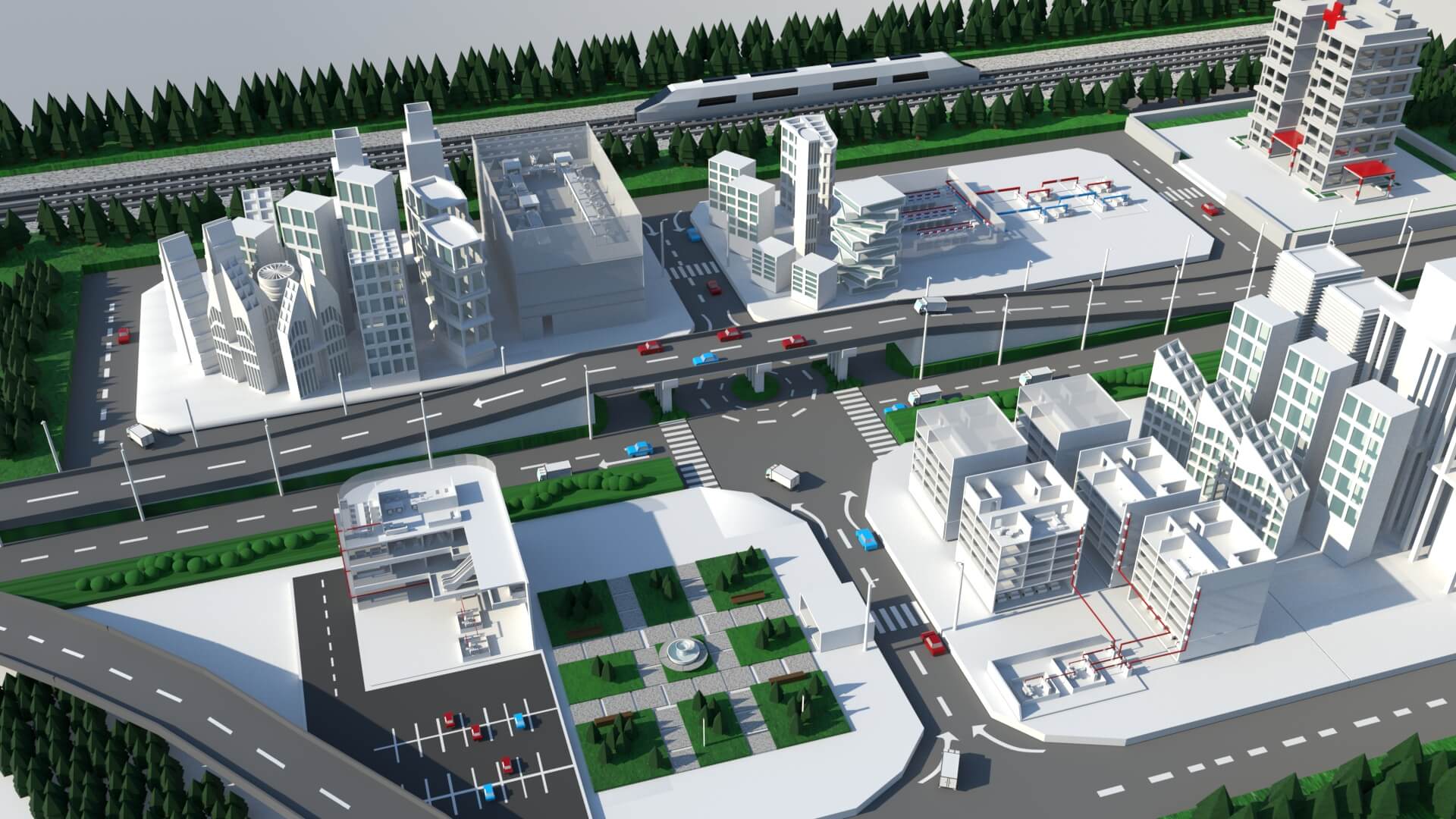






-
Data Center
Busbars trunking systems are commonly used in data centers, due to their operating continuity and the ease of setting up. Changing equipment or deploying power requirements simply requires installing a tap box at the desired location, without requiring contractors to take time installing cables and plugs. In addition, busbar trunking systems can be reused, more than one cabinet can be connected to one tap off box, and their being entirely enclosed means that they won’t fall prey to damage from rodents.
-
Commercial
Commercial sector buildings such as shopping centres also make use of busbar trunking systems, namely due to needing power distributed across long distances and several building levels. As space and aesthetics are highly important, busbar trunking systems are generally preferred due to their compact size, electrical efficiency, and ease of maintenance.
-
Residential
Busbar trunking systems are also used in residential sector buildings as well, due to their reliability, ease of installation and compact size, which allows them to be installed in riser shafts and efficiently distribute power to the entire building. As the systems are halogen-free, this results in no risk of toxic emissions in case of fire and therefore is safe.
-
Infrastructure
Due to infrastructure such as metro systems requiring operating continuity, and power distribution across vast distances, busbar trunking systems are ideal as they are electrically efficient, and enclosed from the outside which prevents them from being damaged by external factors such as vandalism. And as metro systems change over time, the flexibility of busbars allows them to easily accommodate changes without much labour required.
-
Industrial
Production lines of industrial buildings require reliable power distribution with low voltage drops, and are able to be maintained easily at any time to prevent loss in productivity, as well as flexible enough to accommodate changes or upgrades at any time. In addition, it must be durable enough and be anticorrosive in order to prevent damage that may disrupt the power supply.
-
Healthcare
Hospitals face heavy demand for safety and reliability daily, due to its nature. Therefore busbar trunking systems are ideal for the healthcare sector; due to the protected nature of busbar systems and its durable housing that prevents even ventilation, this results in a reliable power supply that would not face downtime due to damage. In addition, as busbar trunking systems are compact, highly versatile and can be adjusted at any time, this allows for additional units to be added to trunking systems without the hassle of cables or space problems. Also, being halogen-free means that there are no risks of toxic emission in case of fire, and it won’t be damaged as well.
Advantages of Bus Duct
Busbar trunking systems are gradually becoming more commonplace as a power distribution system due to the several key advantages they have, namely:
- Reduced costs: As there is less construction labour required, this translates into cost saved on installations and maintenance.
- Faster installation speed: Laying down busbars are far quicker than setting up cables in runners, and translates to a smaller margin of error due to its simple design.
- Flexibility: Busbar trunking systems can be adjusted any time, be it adding a new tap box or adjusting the position of the system itself, and parts can be reused at any time.
- Environmentally friendly: Busbar trunking systems are halogen-free, which means that no toxic emissions will be released in case of fire. In addition, most materials used are recyclable.
- Aesthetic: Busbar trunking systems are compact and their housing can be painted to match with the surroundings.
- Safety certifications: Tai Sin LT Line I series of busbar trunking systems confirm to IEC 61439-6, Greenmark & BS6387, certified by KEMA KEUR, PSB Singapore & Singapore Green Building Council.
Learn more: Advantages of Busbar Trunking System
How does Bus Duct work?
Busbar trunking systems distribute power through tap-off units installed along the trunking of the system, and individual systems can come in various voltages such as low, medium and high voltages depending on the needs of the customer. Tap-off units can simply be included in the special socket for the power bus bar or a subnet (via the distribution panel), or directly to the machinery.
Tap-off units can also be mounted directly under the load without stopping, for example, the production process. Mounted vertically, the same busbar can be used to line fare with tap-off units on the floors. The use of protective devices (fuses, circuit breakers with fuses or circuit breakers, circuit breakers) distributed along the length of the busbar trunking system reduces the need for cables from the tap-off unit to the machinery.
High-voltage busbars carry energy directly from point A to point B; usually the transformer or switchboard to the switchboard. However, if necessary, machinery can be connected to the busbar trunking and the tap-off units in any part of the track.
Busbar power distribution in medium and high voltage is available in “sandwich” construction; busbar conductors are individually insulated with insulating material. The “sandwich” structure is used as it has very good strength characteristics, reduced voltage loss, while making it unnecessary to use fire-resistant barriers as there is no air gap within which could become a conduit for fire and smoke like a chimney.
Aluminium vs Copper Bus duct
Aluminium and copper busbars both have their advantages and disadvantages, which make them suitable depending on the needs of the customer.
Aluminium busbars are 70% lighter than copper, which saves labour costs due to easier installation and less support required, and is much more competitive in price. However due to its lower conductivity of electricity based on volume compared to copper, aluminium busbars generally have to be larger in order to have the same level of conductivity.
Copper busbars are far more conductive than aluminium, and because of that they tend to be more compact. However, the price of copper is volatile, and due to its weight it requires more support and therefore more labour costs.
Learn more: Copper vs Aluminum Busbar


